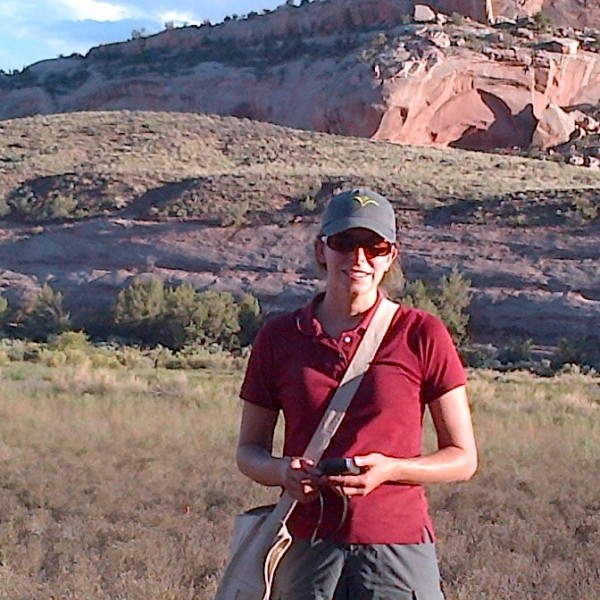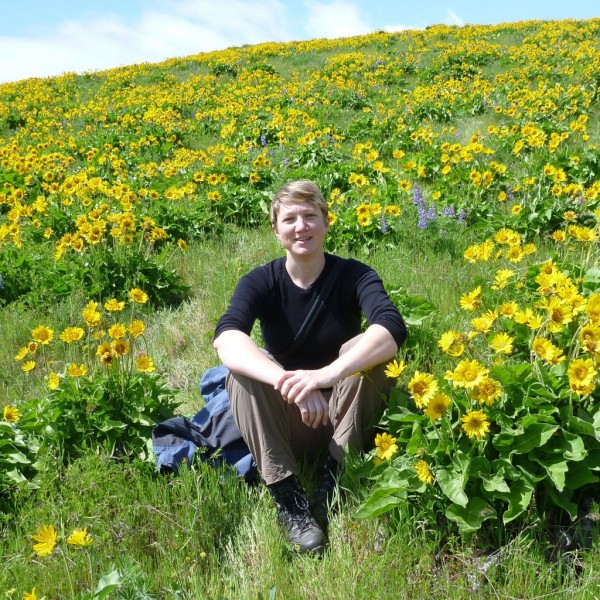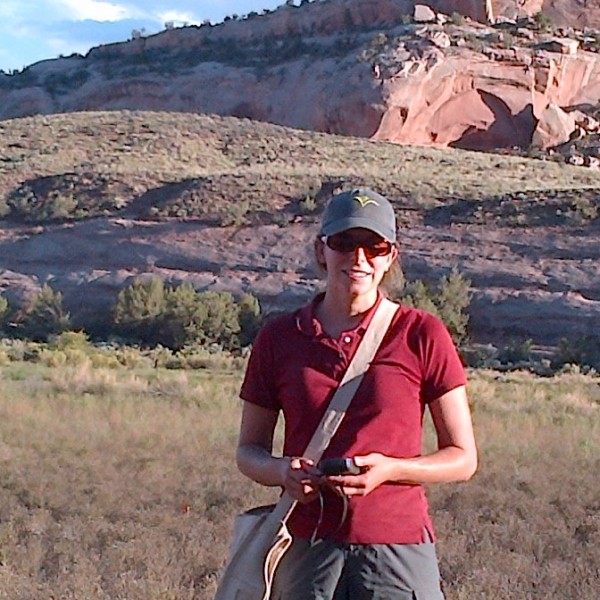
Hybridization concerns for restoration of threatened Indian Paintbrush 2016
Harris Family Foundation Plant Genetics Lab
There are only 11 known populations of Castilleja levisecta in the wild. Restorations efforts by multiple institutions has seen plants being reintroduced to sites in Oregon, where until recently it was extinct, and sites in Washington and British Columbia, Canada. These restoration efforts are important part of the recovery plan for this species. Although these reintroduction seem promising, recently there has been concern that there maybe hybridization occurring with another species of Castilleja, C. hispida. If these plants are hybridizing, this could be compromising the genetic integrity of these reintroductions. Scientist at the Chicago Botanic Garden are working with Institute for Applied Ecology (OR) and University of Washington to determine the likelihood of these hybridization events and develop genetic and morphological markers which can be used for quick identification of hybrid individuals. A REU student will be working in the genetics lab at the Chicago Botanic Garden to determine if there are quick reliable genetic markers which can both confirm hybridization is occurring, and measure the impact on current restorations.






